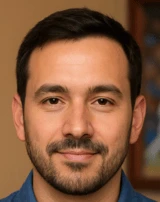Last Updated: November 27, 2025
Why Pakistan Doesn’t Produce Many Tennis Stars: Problems, System Gaps and the Way Forward
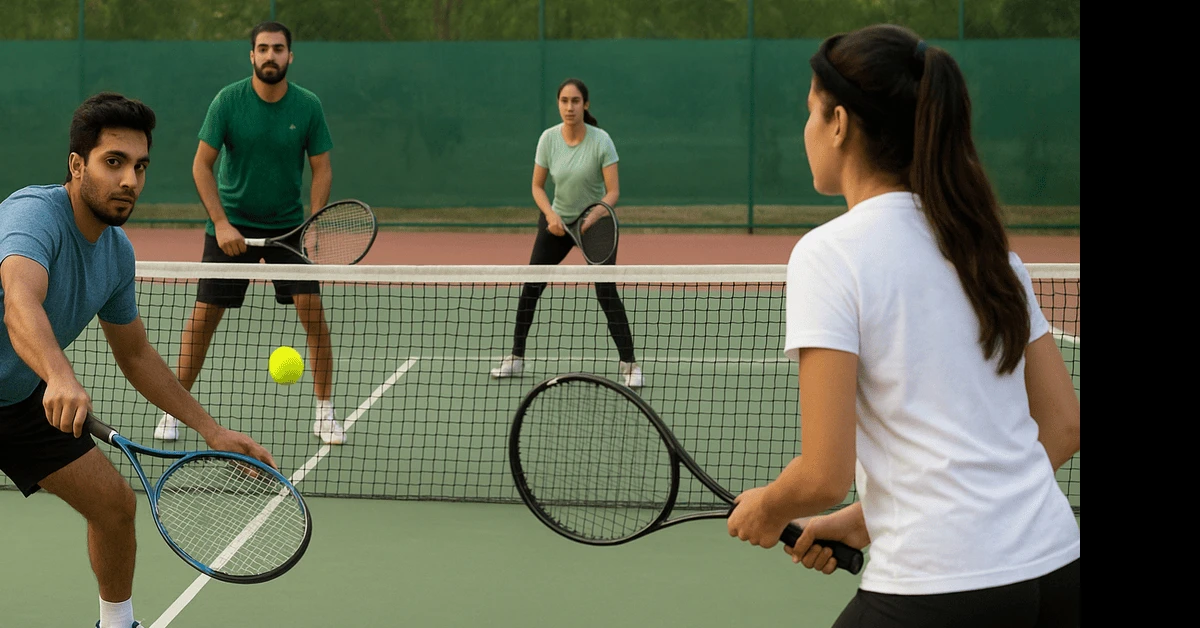
When people think of sports in Pakistan, they immediately think of cricket. In individual sports like tennis, only a few names appear, and most casual fans know only Aisam-ul-Haq Qureshi as the face of Pakistani tennis in the modern era. This naturally raises an important question:
Why doesn’t Pakistan produce many tennis stars, especially compared to countries with similar or even fewer resources?
The answer is not simple. It is not about Pakistani kids lacking talent or passion. Instead, it is about a broken sports structure, weak planning, and lack of long-term vision. In this article, we will explore in detail:
- How tennis works globally and what it takes to become a professional player
- What is missing in Pakistan’s tennis system at the grassroots and elite levels
- The role of schools, clubs, federations and government
- Social and economic barriers faced by families
- What needs to change if Pakistan wants to see more tennis champions
How Tennis Produces Stars in Other Countries
To understand why Pakistan struggles, we first need to see how tennis players are usually produced in countries where the sport is successful. The process is rarely accidental. It generally follows a pattern:
- Grassroots exposure: Kids see tennis on TV, in schools, parks or clubs and start playing at a young age.
- Basic coaching: Local coaches teach fundamentals, grip, movement and basic tactics.
- Junior tournaments: Children compete at under-10, under-12, under-14 and under-18 levels.
- National structure: A strong national federation tracks talent, provides rankings and organizes circuits.
- Professional transition: The most promising players receive support to travel, play ITF, Challenger and ATP/WTA events.
This pathway requires courts, coaches, funding and a clear long-term plan. In many countries, tennis is a mix of government support, private academies and sponsorships. Now let’s compare that with Pakistan’s reality.
Problem 1: Tennis Is an Expensive, Elite Sport in Pakistan
Unlike cricket, where you can start with a bat and a ball in the street, tennis requires:
- A proper tennis court with a good surface
- Rackets that are not cheap, especially junior-size quality rackets
- Tennis balls, which wear out quickly and need regular replacement
- Access to coaching and sometimes club membership
In Pakistan, most tennis courts are inside clubs, cantts, private schools or expensive housing societies. This automatically restricts tennis to a small, relatively wealthy segment of society.
As a result:
- Many talented children from middle class or lower income backgrounds never get the chance to touch a tennis racket.
- Those who do start often cannot continue long enough because of the rising cost of training, travel and equipment.
In simple words: the base of the pyramid is too small. If only a few hundred kids actively play tennis at a proper level, the chances of discovering multiple world-class players are automatically low.
Problem 2: Very Weak Grassroots & School-Level Tennis
In many tennis-producing nations, schools and community programs play a huge role. In Pakistan, however:
- Most government schools do not have any tennis courts.
- Many private schools prefer cricket, football or just basic physical education instead of setting up tennis courts.
- Inter-school tennis tournaments are rare and limited to elite institutions.
Without a strong school-level structure, tennis becomes something only seen on TV or in private clubs. Children are not consistently introduced to the sport at a young age. This leads to:
- Very few players starting at age 6–8, which is the ideal age to develop proper movement and technique.
- Players often starting late, at 12–15 years old, when it is already difficult to catch up with international juniors.
Cricket, on the other hand, is present everywhere: street, school, village grounds, parking lots. That is why Pakistan keeps producing fast bowlers and cricketers but not tennis champions.
Problem 3: Shortage of Qualified Coaches and Modern Training
Another major issue is the lack of qualified and updated tennis coaches. Many coaches:
- Have limited exposure to modern tennis techniques, fitness requirements and sports science.
- Focus only on basic hitting rather than structured drills, tactical training and match preparation.
- Work individually in clubs without any national coaching philosophy or long-term plan.
For a junior to become world-class, they need a clear development plan that covers:
- Technical skills (forehand, backhand, serve, volley, footwork)
- Tactical understanding (court positioning, shot selection)
- Physical conditioning (strength, speed, endurance, flexibility)
- Mental toughness (handling pressure, focus, discipline)
- Injury prevention and recovery
Most young players in Pakistan never get this full package. They may develop a decent game at club level, but they struggle badly when they face players from countries with structured coaching and fitness programs.
Problem 4: Limited Domestic Tournaments and Weak Competitive Structure
Even if a talented Pakistani junior trains hard, they need regular competition to grow. This is another weak area:
- The number of national-level junior tournaments is limited.
- Events are often concentrated in a few cities such as Lahore, Islamabad and Karachi.
- Players from other cities and rural areas face travel costs for every event.
- Prize money in local tournaments is often low, which doesn’t attract sponsors or media attention.
Without constant exposure to competitive tennis:
- Players do not learn how to handle pressure, different playing styles and match situations.
- They may look strong in practice but collapse in international tournaments due to lack of experience.
Countries that regularly produce tennis stars usually have a well-organized national circuit with hundreds of junior events every year.
Problem 5: Federation and Governance Issues
Another sensitive but important topic is the role of the national tennis federation and sports governance. Common complaints include:
- Too much politics, internal conflicts and power struggles.
- Lack of a clear, written long-term development plan for tennis in Pakistan.
- Insufficient transparency in selection, funding and opportunities for players.
- Focus on a small group or city instead of nationwide grassroots growth.
When federations are busy with internal politics rather than planning, the result is felt directly on the court: no systematic talent pipeline, no structured calendar, and no proper support for promising juniors.
Problem 6: International Exposure and Travel Costs
Even if a Pakistani player somehow crosses all these hurdles and becomes one of the best in the country, the next challenge is even bigger: international exposure.
To improve rankings and face stronger opponents, players must play:
- ITF junior tournaments (for under-18)
- ITF Futures / World Tennis Tour (for entry-level pros)
- ATP Challenger Tour and eventually ATP/WTA events
These tournaments are held all over the world. Travel, visa, hotel and entry costs are huge. In many countries, players receive:
- Government or federation funding
- Sponsorship from brands
- Backing from academies or clubs
In Pakistan, only a handful of players ever receive this level of support. Most families cannot afford to fund a full international schedule over several years. As a result:
- Talented players play only a few international events and then disappear.
- They cannot accumulate enough ranking points to climb the ladder.
We end up with players who are known domestically but never break through consistently on the global stage.
Problem 7: Social & Cultural Barriers, Especially for Girls
Another important aspect is the social and cultural environment. Tennis requires:
- Regular training hours, often early morning or evening
- Travel to tournaments in different cities and sometimes countries
- Physical fitness training in mixed environments
For many families in Pakistan, especially in smaller cities and conservative areas, this can be challenging, particularly for girls. Parents worry about:
- Travel safety
- Social judgment
- Long-term career security
As a result, many talented girls quit sports early or never start, and even boys are often pushed towards “safer” or more traditional paths like academics or stable jobs.
Without family and social support, it is extremely hard to sustain the intense, long-term commitment required to become a tennis professional.
Problem 8: Obsession with Cricket and One-Sport Mindset
Cricket’s success has both good and bad sides. While it unites the country, it also creates a problem: almost all attention, funding and media coverage goes to cricket.
- TV channels rarely show tennis except big international finals.
- Sponsors prefer to invest in cricket teams, leagues and players.
- Young kids dream of becoming cricketers more than tennis players.
In countries that produce strong tennis players, there is a multi-sport culture. Parents encourage children to try various sports, and schools support different disciplines.
In Pakistan, the message is often: “If you’re good at sports, go to cricket.” This shrinks the potential talent pool for tennis, football, athletics and other individual sports.
Problem 9: Lack of Long-Term Vision and Patience
Another deep issue is that both institutions and individuals in Pakistan often lack long-term planning. Tennis is a sport where:
- It can take 10–15 years of continuous training to reach a high level.
- Players usually peak in their mid-to-late 20s.
- Progress in rankings can be slow and non-linear.
But many decision-makers want quick results – winning a medal in a multi-sport event, or a sudden big success. When that doesn’t happen, interest fades, programs are dropped, and funding is cut.
Without a 10- to 20-year national strategy for tennis, Pakistan keeps repeating the same cycle: a few individual talents appear, survive on their own, and eventually retire without creating a strong system behind them.
What Needs to Change for Pakistan to Produce Tennis Stars?
The problems are serious, but not impossible to fix. Here are some practical steps that could slowly transform tennis in Pakistan:
1. Expand Access: More Public Courts and School Programs
- Build or convert existing spaces into public tennis courts in major cities.
- Introduce basic tennis programs in schools, even with mini-courts and low-cost equipment.
- Provide subsidized or free access to courts for juniors from low and middle income families.
Until tennis becomes more visible and accessible, the base will remain small.
2. Develop a National Coach Education System
- Conduct regular coaching certification courses.
- Invite foreign experts or partner with international bodies for training local coaches.
- Create a standard coaching curriculum for different age groups.
Better coaches mean better players, even with the same number of courts.
3. Build a Strong Junior Tournament Calendar
- Organize regular age-group tournaments in multiple cities.
- Create a clear national ranking system for juniors.
- Offer small grants or travel support to top-ranked juniors from less privileged backgrounds.
Competition is the classroom of champions; without it, training alone is not enough.
4. Transparent Selection and Support for Top Talents
- Identify a pool of top junior and senior players based on ranking and performance, not politics.
- Provide them with centralized training camps, fitness, physiotherapy and mental coaching.
- Help fund their participation in regional and international tournaments.
If a player proves themselves domestically, they should not be left alone to struggle internationally.
5. Encourage Private Academies, Sponsors and Ex-Players
- Provide incentives for private academies to open and operate professionally.
- Encourage former players to start coaching, mentoring and running programs.
- Educate sponsors about the branding value of supporting individual athletes, not just teams.
A partnership between government, federation, private sector and ex-players is essential.
6. Promote a Multi-Sport Mindset in Society
- Media and schools should highlight success stories in tennis, squash, athletics and other individual sports, not just cricket.
- Parents should be educated about the benefits of sports (discipline, health, scholarships) even if their child does not become a global star.
- Special emphasis should be given to creating safe, supportive environments for girls to play and travel.
When society values multiple sports, talent naturally spreads and more champions emerge.
Conclusion
Pakistan does not lack talent or passion. The real shortage is in system, structure and seriousness. Tennis remains an elitist, limited sport, with little grassroots exposure, weak coaching, minimal funding and unclear long-term planning.
As a result, only a few names like Aisam-ul-Haq break through, often due to exceptional personal efforts and family sacrifices rather than a strong national system. When they retire, there is no ready-made wave of new stars behind them.
If Pakistan truly wants to see its flag regularly on tennis courts around the world, it must treat tennis as a long-term investment, not a short-term photo opportunity. This means:
- Opening courts to the public
- Building coaching capacity
- Organizing real junior circuits
- Supporting top talents transparently
- And changing the national mindset from “cricket only” to “multi-sport nation”
The journey is long and difficult, but if even a few serious steps are taken today, future generations of Pakistani kids may grow up with a new dream: not just to be the next fast bowler, but also the next tennis champion.
FAQs: Why Pakistan Doesn’t Produce Many Tennis Stars
Does Pakistan have tennis talent?
Yes, Pakistan has talented individuals, but talent alone is not enough. Without proper courts, coaching, tournaments, funding and support, that talent cannot convert into international-level tennis stars.
Is tennis only for rich people in Pakistan?
In practice, tennis in Pakistan is mostly accessible to upper and upper-middle class families because of club fees, equipment costs and limited public courts. This makes the sport feel elite and excludes a huge part of the population.
What role does the Pakistan Tennis Federation play?
The national federation is supposed to organize tournaments, develop juniors, train coaches and represent Pakistan internationally. Critics argue that internal politics, limited planning and lack of transparency have slowed the development of tennis in the country.
Why do Pakistani players struggle internationally?
Pakistani players often face limited international exposure, lack of professional coaching, weak fitness training and financial constraints. They may dominate locally but struggle when facing players who have been in structured systems since early childhood.
What can parents do if their child wants to play tennis seriously?
Parents should:
- Find a qualified coach and a safe training environment.
- Support regular practice and participation in local tournaments.
- Balance academics and sports realistically and be prepared for a long journey rather than quick results.
Can Pakistan ever produce a Grand Slam level tennis player?
It is difficult but not impossible. However, it will not happen by accident. It requires a long-term, serious national effort: better grassroots, coaching, funding, and international exposure. With the right system, the natural talent in Pakistan can definitely reach much higher levels in tennis.
You May Also Like:
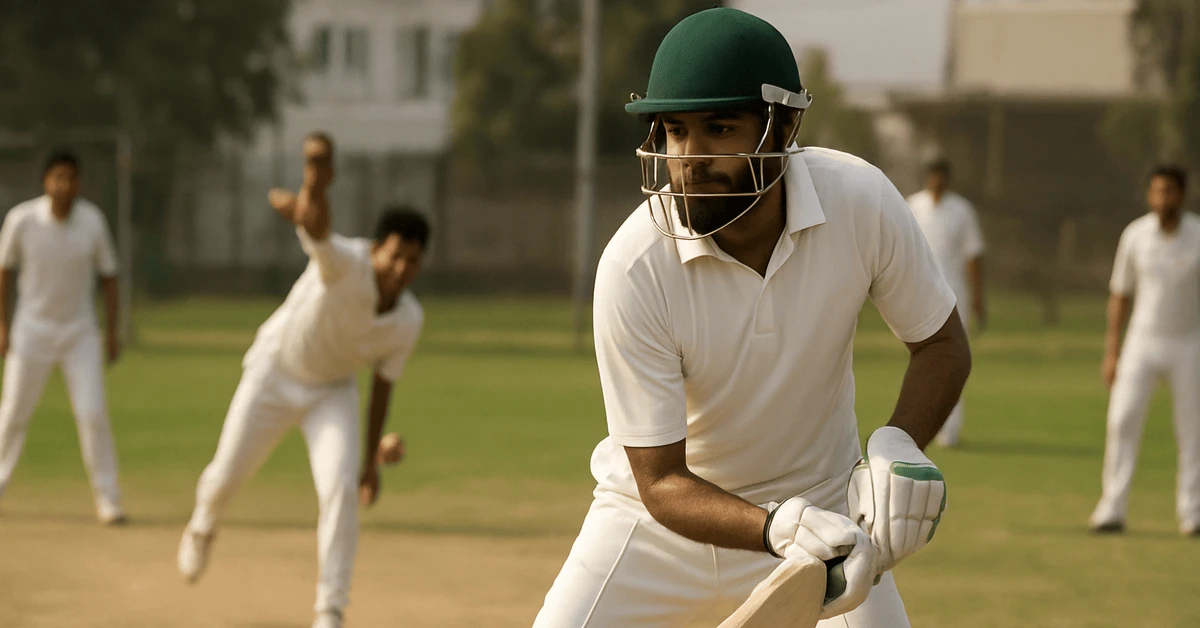
Pakistan’s Cricket Academies Crisis: Why Future Stars Are Wasted Before They Even Shine...

HBL Freedom Accounts Are Being Converted to Islamic Accounts — No Benefits, No Way Back!...
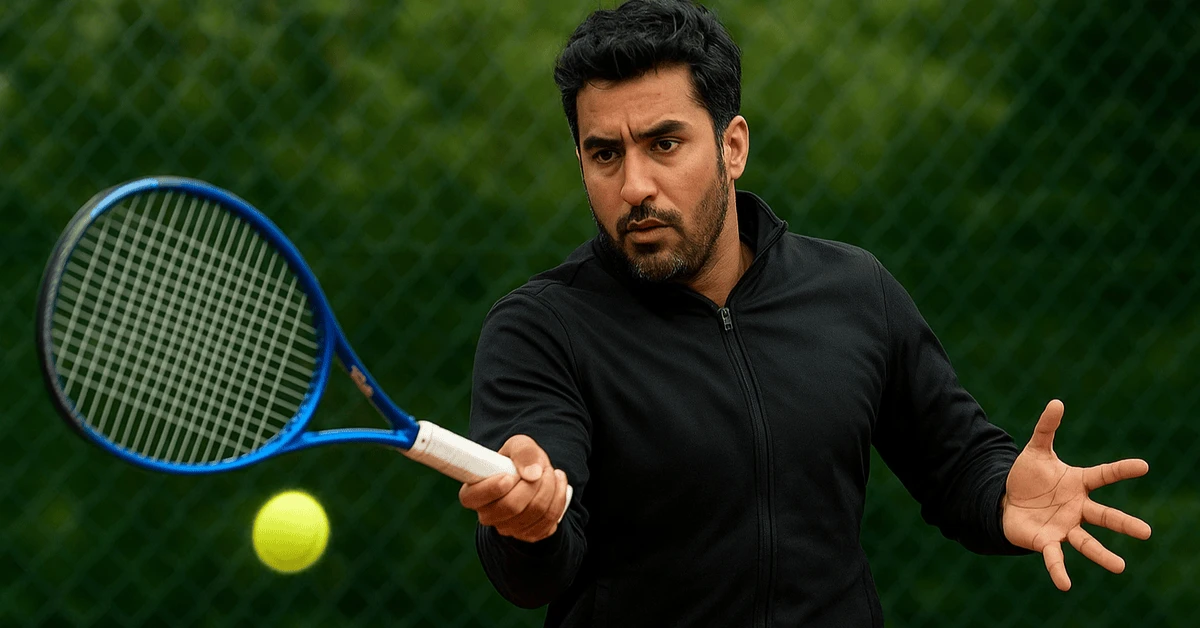
Aisam-ul-Haq Retirement From Tennis: End of an Era for Pakistan’s Greatest Tennis Star...
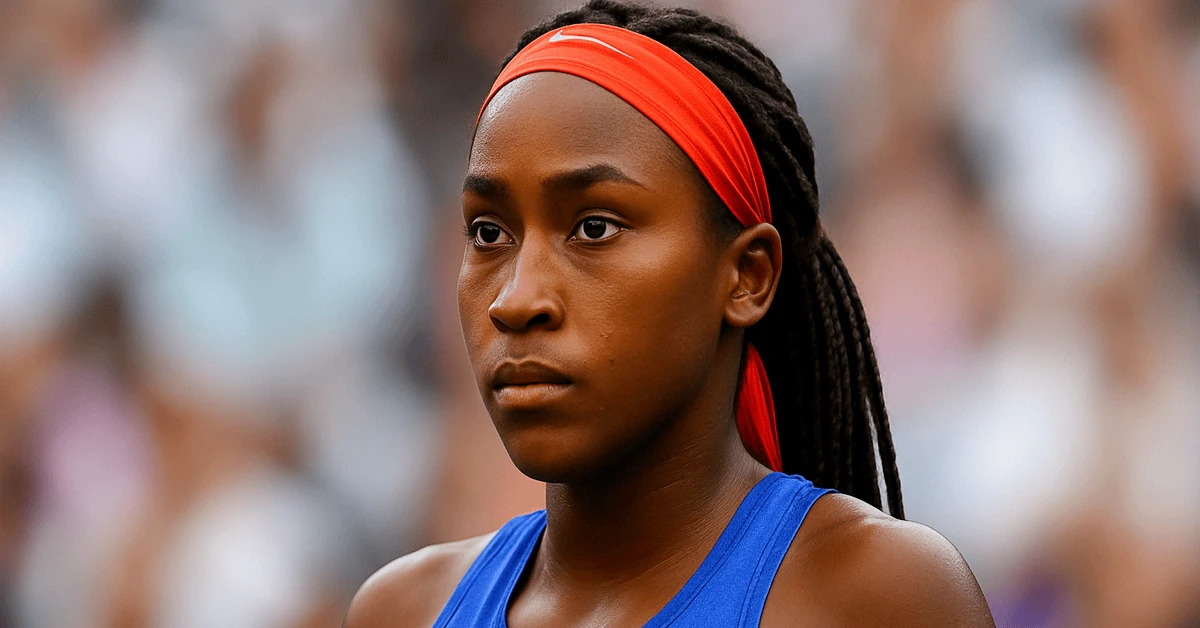
Coco Gauff: The Youngest Face of Power and Poise in Modern Tennis...

Who Will Replace Djokovic, Nadal & Federer? The Future of Men’s Tennis...
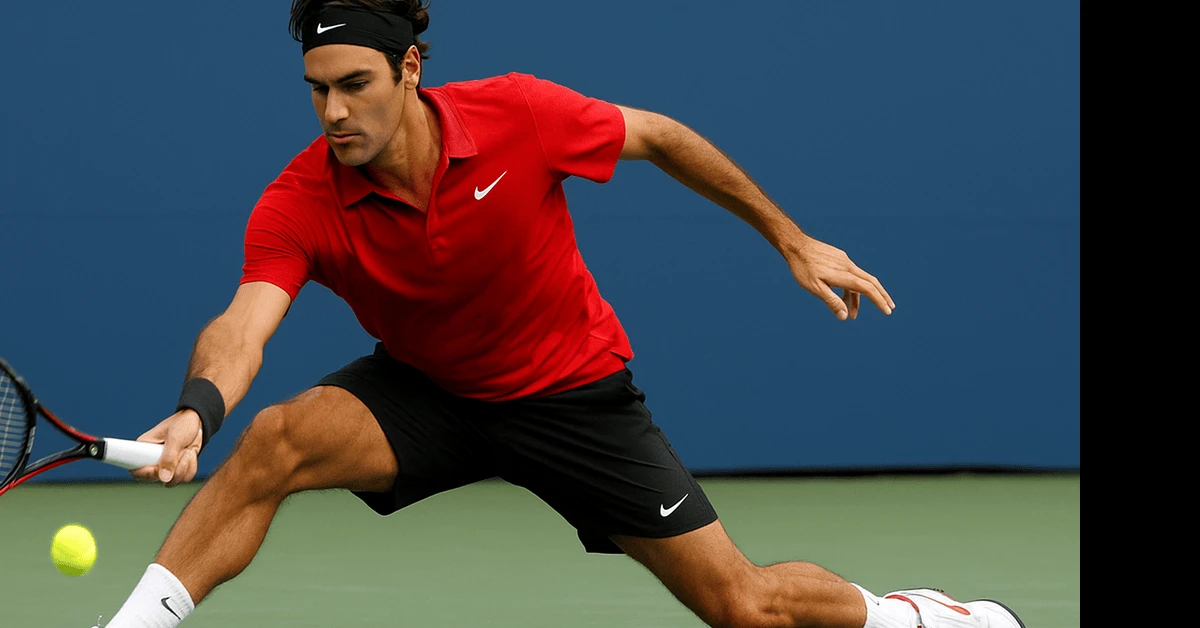
10 Tennis Shots So Difficult Even Federer Tried Only Once...
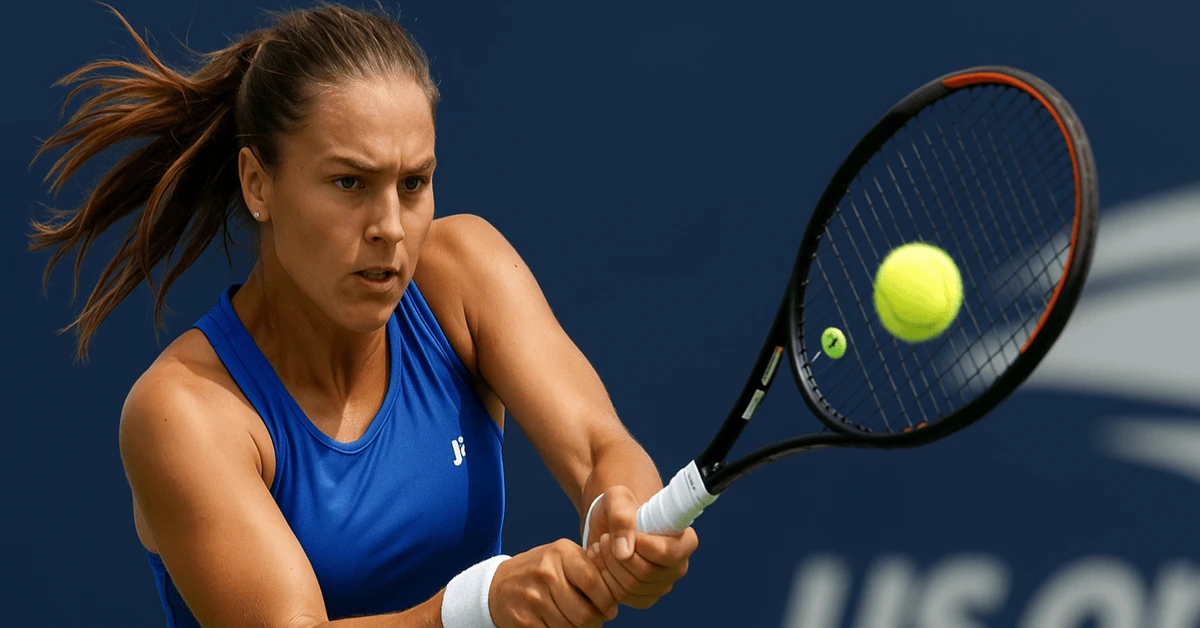
Katarina Zavatska Shocks the Tennis World: From ITF Underdog to WTA Contender...

